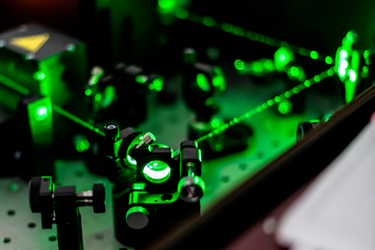Understanding Power On A Logarithmic Scale For Lasers And Telecommunications

Whether you’re an experienced laser user or just entering the field, you’re likely familiar with Watts (W), the standard unit of power. Other units, like horsepower for engines, kilowatt-hours for electricity bills, or decibels for sound, are commonly used depending on context. But then comes dBm—a unit that may initially seem confusing.
dBm represents power on a logarithmic scale relative to 1 milliwatt (mW). This makes it ideal for fields like telecommunications and laser technology, where signal powers can vary across many orders of magnitude. By using a base-10 logarithm of the power ratio (Watts divided by 1 mW), dBm compresses a huge range of values into manageable numbers.
For example, converting from microwatts to megawatts can be expressed in just a few digits using dBm, whereas linear units like Watts would require unwieldy numbers. This makes dBm convenient for quickly comparing powers, although it sacrifices some precision.
The logarithmic nature of dBm mirrors other practices in physics and engineering, like using electronvolts to express particle energies instead of tiny joule fractions. In laser and fiber-optic systems, dBm allows engineers and researchers to describe signal strength efficiently and compare vastly different powers at a glance.
In short, dBm is not just another obscure unit—it’s a practical tool for visualizing and working with powers that span multiple orders of magnitude, enabling fast, intuitive understanding in telecommunications, optics, and beyond.
Get unlimited access to:
Enter your credentials below to log in. Not yet a member of Photonics Online? Subscribe today.
